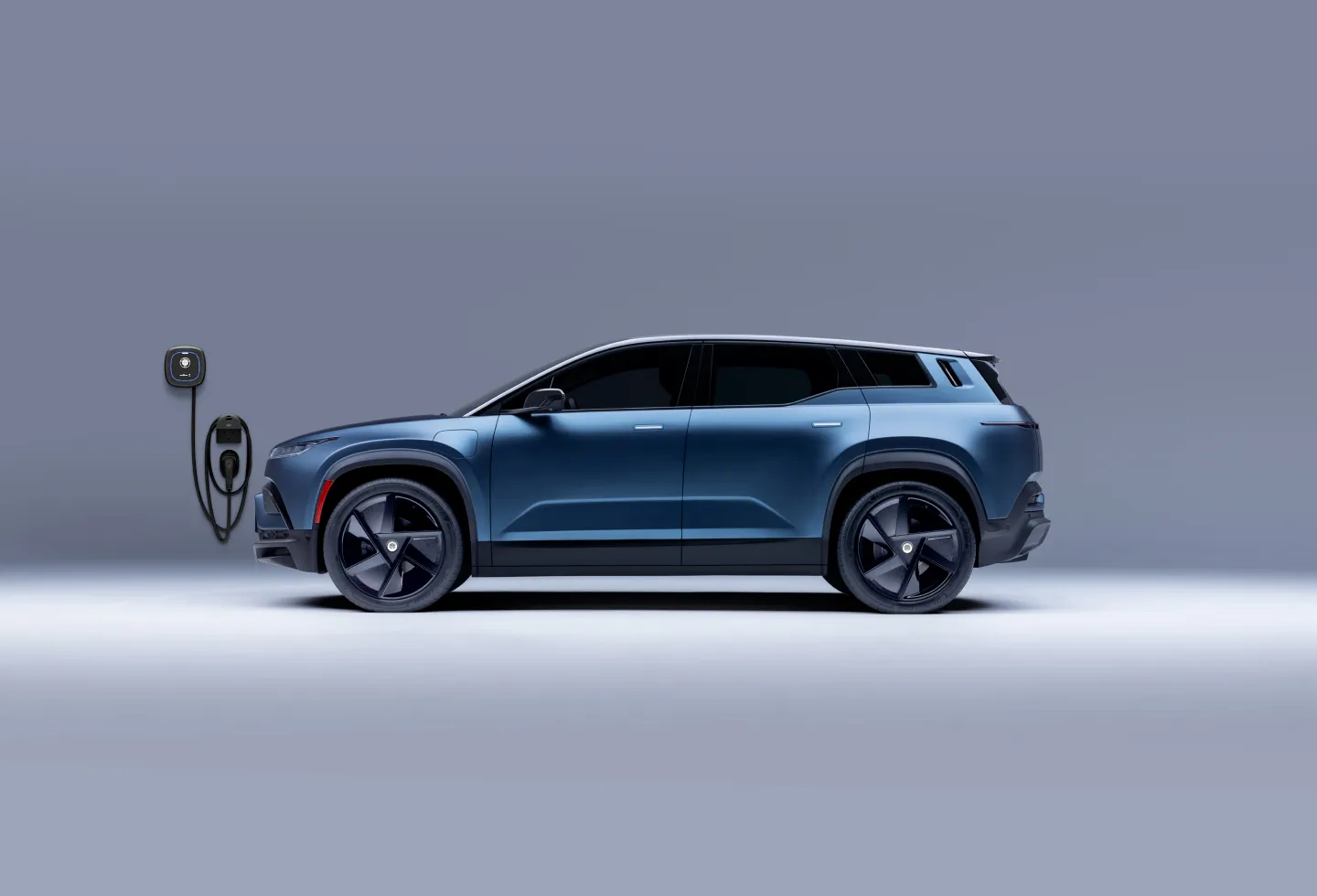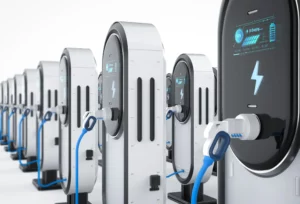Founded by Henrik Fisker, Fisker Automotive was an electric vehicle startup founded in 2007.
Struggled with the execution, the company aimed to produce luxury plug-in hybrid electric vehicles.
After multiple product delays, recalls, executive turnover issues, and burning through over $1 billion in private funding, Fisker Automotive filed for Chapter 11 bankruptcy protection in 2024.
The key factors that Fisker Bankruptcy:
- Engineering and design flaws with the flagship Karma sedan resulted in the delayed launch, lower-than-expected sales, and eventual halt in production.
- Battery pack issues with supplier A123 Systems leading to extensive recalls.
- Failure to meet Department of Energy loan milestones resulted in blocked access to $529 million in federal funding.
- Inability to raise further private funding due to missed deadlines and loss of investor confidence.
- Lack of executive leadership stability and clashing visions for the company.
The bankruptcy filing puts deposits for the planned Ocean SUV at risk, halts supplier payments, and leaves investors and dealers in the lurch.
The future of Fisker Automotive is uncertain at best. Acquisition by a competitor or liquidation of assets are possibilities.
Key Events Before the Fisker Bankruptcy
Fisker Automotive faced several challenges in the years leading up to its Chapter 11 bankruptcy filing that ultimately led to its downfall.
DOE Loan and Repayment Issues
In 2009, Fisker secured a $529 million loan from the United States Department of Energy (DOE) to support the production of its luxury plug-in Karma hybrid.
A123 Battery Problems
Fisker experienced major issues with its battery supplier A123 Systems in late 2011. Faulty hose clamps in A123 batteries led to extensive Karma recalls and a lengthy halt in production.
Fisker Bankruptcy Filing Details
Fisker filed for Chapter 11 bankruptcy protection on June 18th, 2024 citing assets and liabilities in the range of $100 million to $500 million.
Chapter 11 bankruptcy allows the company to continue operations while restructuring its debts and obligations.
Assets, Debts, and Creditors Involved
As part of the bankruptcy petition, Fisker has listed assets including cash, accounts receivable, inventory, deposits, property, and equipment.
Total assets are estimated between $100 to $500 million.
Debts and liabilities also range between $100 to $500 million which include debt securities, accounts payable, pending lawsuits, and customer deposits for the Ocean SUV.
Major creditors include parts suppliers, equipment lessors, creditors from the last funding round, and law firms.
The Youtube Drama
MKBHD released a scathing review of the Fisker Ocean SUV, titling it “This is the Worst Car I’ve Ever Reviewed“.
The video went viral, amassing millions of views and raising concerns about the car’s software glitches and overall quality.
Pending Investor Lawsuits
Multiple investor lawsuits against Fisker Automotive are now frozen due to the bankruptcy petition.
Major investors like BLT Group and Quantum Partners had sued Fisker stating misconduct and misrepresentation by management leading to investment losses.
Impact and Outlook of the Fisker Bankruptcy
Suppliers and dealers will face financial losses from unpaid dues and loss of future business from Fisker. Many had invested significantly to meet the expected demand.
Customer Confidence Crisis
Customers who paid deposits for the Ocean SUV face uncertainty over refunds. Many may not have the appetite to preorder other EV models.
Reputation and Brand Value Loss
The Fisker brand which showed early promise will have its reputation tarnished. The brand value built over the years stands to be lost.
Future of EV Startups
Investor sentiment will turn more negative for funding capital-intensive EV startups which have long gestation periods before turning profitable.
The Fisker bankruptcy filing, for the Automotive, marks a dramatic fall for the once-promising EV startup.
After raising over $1 billion from investors and government loans, the company failed to overcome engineering flaws, production delays, and competitive threats.
The fate of Fisker is now uncertain – while Chapter 11 provides temporary relief, the challenges ahead are still monumental.
Key options include finding a buyer willing to acquire Fisker’s assets or emerging as an independent company after massive restructuring.
As Fisker now heads toward asset liquidations, lawsuits, and an uncertain future, investors and customers alike will view the bankruptcy as a case study in mismanagement and unfulfilled potential.
The Fisker brand itself has become synonymous with failure – a dramatic reversal for a company once seen as a leader in luxury sustainable mobility.





